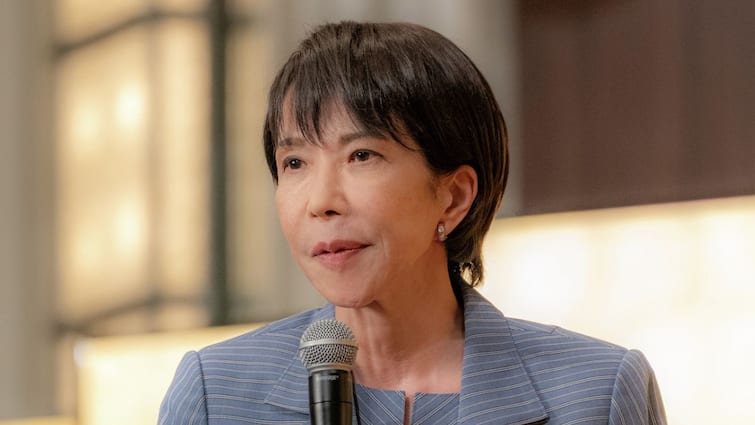Sanae Takaichi is set to break a historic barrier as Japan’s first female prime minister after being chosen to lead the long-ruling Liberal Democratic Party (LDP). The 64-year-old’s rise marks a landmark moment in a country that consistently ranks near the bottom on global gender equality indexes. Yet her appointment has sparked as much unease as celebration.
While Takaichi has promised to promote women’s participation in government, critics point to her ultra-conservative views, which align more closely with Japan’s political establishment than with the aspirations of women pushing for change.
Women’s Representation in Politics
The challenges are stark. Women hold only about 15% of seats in the lower house of parliament, the more influential of Japan’s two chambers, and just two of the country’s 47 prefectures are led by female governors. Within the LDP itself, women are often relegated to minor cabinet roles, and their calls for greater diversity are frequently dismissed, according to an Associated Press report.
Sceptics fear that Takaichi’s deep loyalty to the party’s male heavyweights could further stall progress on women’s rights.
Traditionalist Outlook
Throughout her career, Takaichi has resisted reforms that would expand opportunities for women. She has backed the LDP’s traditional stance that emphasises women’s roles as wives and mothers. She also opposes same-sex marriage, reforms to allow female succession in the imperial family, and proposals permitting married couples to keep separate surnames.
At the same time, Takaichi has spoken candidly about her own health struggles during menopause, advocating for more awareness among men about women’s health issues in schools and workplaces.
Political Journey
First elected from her native Nara in 1993, Takaichi has built an extensive career in government, holding portfolios such as minister of economic security, internal affairs, and gender equality. She is known to admire former British prime minister Margaret Thatcher and has long championed the conservative vision of the late Shinzo Abe.
Now, as the first woman to head the overwhelmingly male LDP — a party that has dominated Japanese politics for decades — she stands at the threshold of power with the potential to reshape history.
An Unconventional Past
Away from politics, Takaichi has cultivated an unusual public image. In her youth, she was a heavy-metal drummer and motorcycle enthusiast, passions that set her apart in Japan’s political circles. Her current agenda includes calls for a stronger military, expanded fiscal spending to fuel growth, greater investment in nuclear fusion, tighter immigration controls, and improved cybersecurity measures.
Foreign Policy Stance
Takaichi’s foreign policy views may prove divisive. A self-described revisionist on wartime history and an outspoken critic of China, she frequently visits the Yasukuni Shrine, a site that provokes anger in neighbouring countries. She has avoided laying out detailed plans for her premiership, but analysts describe her as hawkish on China and cautious in her approach to South Korea.
Her hard-line positions could strain the LDP’s coalition with the moderate Komeito party, though she has indicated a willingness to work with far-right groups.



